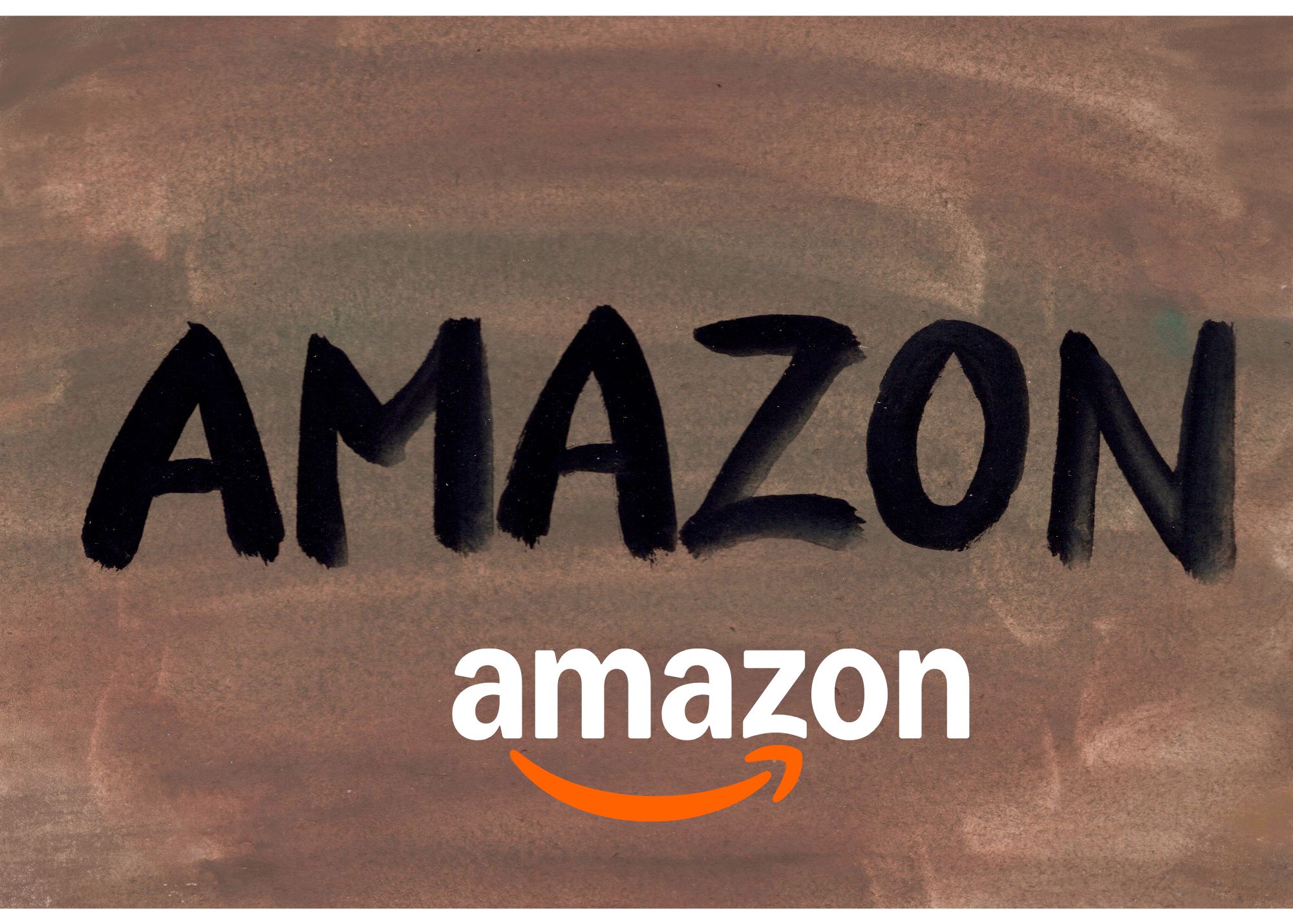1 Tech Giant to Own Forever
Amazon doesn’t look like a traditional stock. It’s more like a portfolio hiding inside one ticker. The company spans multiple industries, each one a profit driver in its own right.
The most visible business is e-commerce. In the second quarter of 2025, Amazon pulled in $137 billion in sales.
What many investors miss is that over 60% of those sales now come from third-party sellers.
That shift matters because Amazon doesn’t need to carry inventory or manage as much supply chain risk when it simply takes a fee on someone else’s sale. As a result, the marketplace is far more profitable than many outsiders assume.
But what about the business as a whole? It turns out it might be a stock to hold for as far as the eye can see.
Key Points
-
Amazon is a built-in ETF, spanning e-commerce, cloud, ads, AI, and logistics.
-
Its divisions reinforce each other, with AWS profits, retail data, and Prime loyalty creating a powerful moat.
-
Adaptability drives value, as AWS alone justifies much of its market cap and Amazon keeps reinventing itself.
Why Amazon Is Practically an ETF in Disguise.
Then there is Amazon Web Services. AWS posted just north of $30 billion in Q2 sales, and while it didn’t invent cloud computing, it remains the leading platform for everything from data storage to artificial intelligence training.
In fact, AWS supports more Fortune 500 workloads than Microsoft Azure or Google Cloud, a fact that gives it an incredibly sticky, high-margin advantage.
Advertising is another hidden growth engine. Amazon’s ad business has already surpassed YouTube in revenue, and with margins estimated above the key two thirds level, it is one of the company’s stealthiest profit centers.
The recent Netflix contract, which hands Amazon responsibility for ad sales in 11 international markets, signals that Amazon is no longer just playing defense against Google in the ad world, it’s moving to take market share.
And then there is logistics. For years, Amazon’s vast fulfillment network was seen as a cost center, but it has now become a moat of its own.
The company has built the largest logistics operation in the United States and is increasingly selling those services to outside retailers. In practice, Amazon is now a competitor to FedEx and UPS, but with a delivery footprint that rivals them both.
When you put all of this together, owning Amazon is like holding a basket of leading businesses across retail, cloud computing, advertising, artificial intelligence, and logistics. That is diversification wrapped into a single ticker.
The Synergy That Actually Works
Conglomerates often struggle because their divisions operate in silos. Amazon is the rare exception where each part strengthens the others.
AWS itself began as a side hustle to monetize unused server space. Today, its profits bankroll ambitious expansions in logistics, robotics, and even entertainment content for Prime Video.
The advertising network is powered by first-party transaction data flowing from the retail side. This is a dataset so valuable that even giants like Meta and Google can’t fully replicate it. And Prime acts as the glue.
What started as a free-shipping perk has turned into a global ecosystem of shopping, entertainment, and smart-home integration. Renewal rates now rival Costco’s legendary 90% membership retention, making Prime one of the stickiest recurring revenue models in the world.
This synergy isn’t just theory. During the 2020 to 2022 logistics build-out, AWS profits subsidized billions of dollars in new warehouses and delivery stations. Without AWS’s cash flow, Amazon could never have scaled its shipping network as quickly as it did.
Borrowing Brilliance from Costco
Costco’s model is simple. Membership fees make the entire business profitable, and shoppers keep coming back because they’ve already paid to be part of the club. Amazon took that idea and expanded it on a global scale.
Prime members don’t just shop more often but engage with more of Amazon’s ecosystem. They watch Prime Video, use Alexa devices, and even shop at Whole Foods.
Membership revenue, now estimated at over $40 billion annually, effectively underwrites the shipping costs that would otherwise erode Amazon’s retail margins. In other words, Prime is Costco’s playbook brought into the digital era and scaled to hundreds of millions of households worldwide.
Risks Investors Can’t Ignore
No stock is risk-free, not even Amazon. Regulatory pressure is an ongoing threat. The company is constantly under scrutiny for antitrust practices, labor disputes, and its treatment of sellers. In some scenarios, a breakup might even unlock more value for shareholders, but the path there would be volatile.
Competition is also fierce. Microsoft and Google are investing billions to outpace AWS in artificial intelligence and cloud services, while Walmart and Shopify are taking aim at Amazon’s retail dominance. The company’s size is a moat, but it still has to innovate faster than rivals to keep its edge.
And at the core, retail remains a thin-margin business. Without AWS and advertising, Amazon’s bottom line would look far less impressive. Investors should never forget that its profits are disproportionately carried by just a few divisions.
Valuation and the Long View
Amazon now trades at roughly 40x forward earnings. That may sound expensive at first glance, but context matters. AWS alone could justify a trillion-dollar valuation if it were spun off. In that scenario, the rest of Amazon, retail, advertising, logistics, Prime, and devices, would effectively come at a discount.
Analysts project mid-teens annual revenue growth for AWS, high single-digit growth for retail, and double-digit growth for advertising over the next five years.
Taken together, these businesses are expected to drive steady double-digit cash flow growth well into the 2030s. For a company already among the five most valuable in the world, that’s an extraordinary runway.
Why Amazon Would Be My Desert-Island Stock
At its core, Amazon has something few companies ever achieve: structural adaptability. It has repeatedly entered new industries and reshaped them, moving from books to retail, from retail to cloud, from cloud to AI, and from logistics to advertising.
Most businesses eventually age into irrelevance. Amazon reinvents itself every decade. That ability to pivot is not just a feature of its history, it is part of its corporate DNA.
That is why, if I could only own one stock forever, I would entrust it to the company Jeff Bezos built. Whether you’re stranded on an island or managing a portfolio in the real world, owning Amazon is as close as you can get to holding a single-stock ETF, one with decades of growth potential still ahead.



